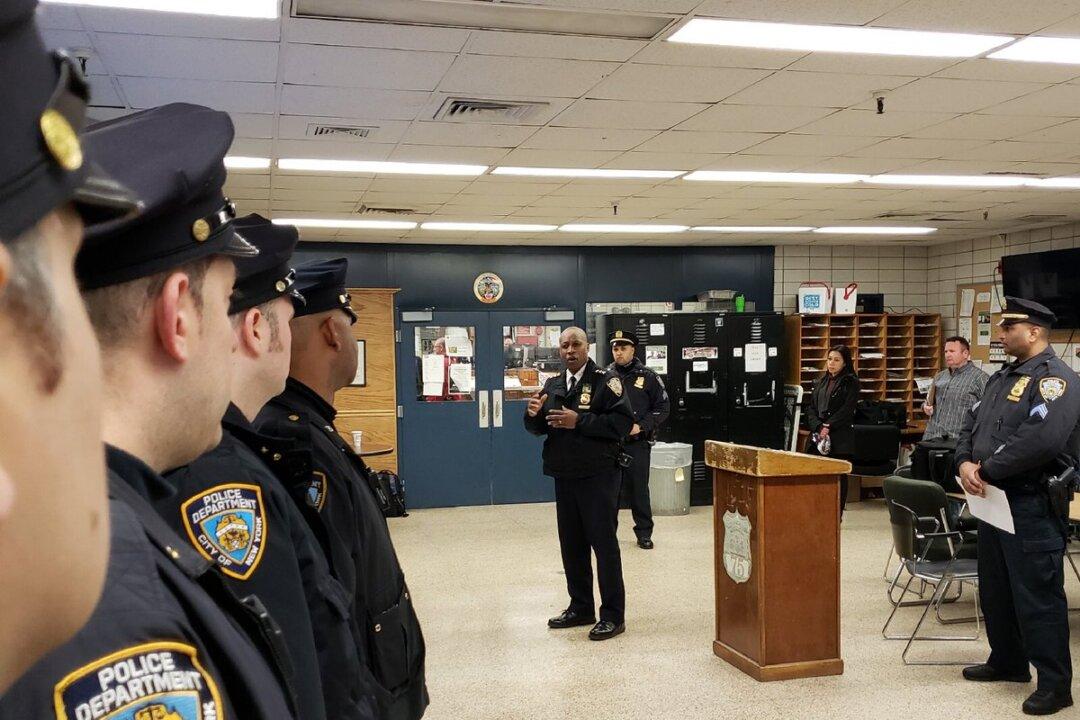Last week, after attending an event with 125 law enforcement and private security professionals near the New York Stock Exchange, I began a walk uptown to enjoy some of the holiday decorations in New York City.
Unfortunately, the American flags flying at half-staff throughout the city to honor the victims of our most recent mass shooting in San Bernardino, California, were a stark reminder of our culture of violence.
The sight of so many American flags throughout the city, once again at half-staff, overshadowed the holiday decorations.





